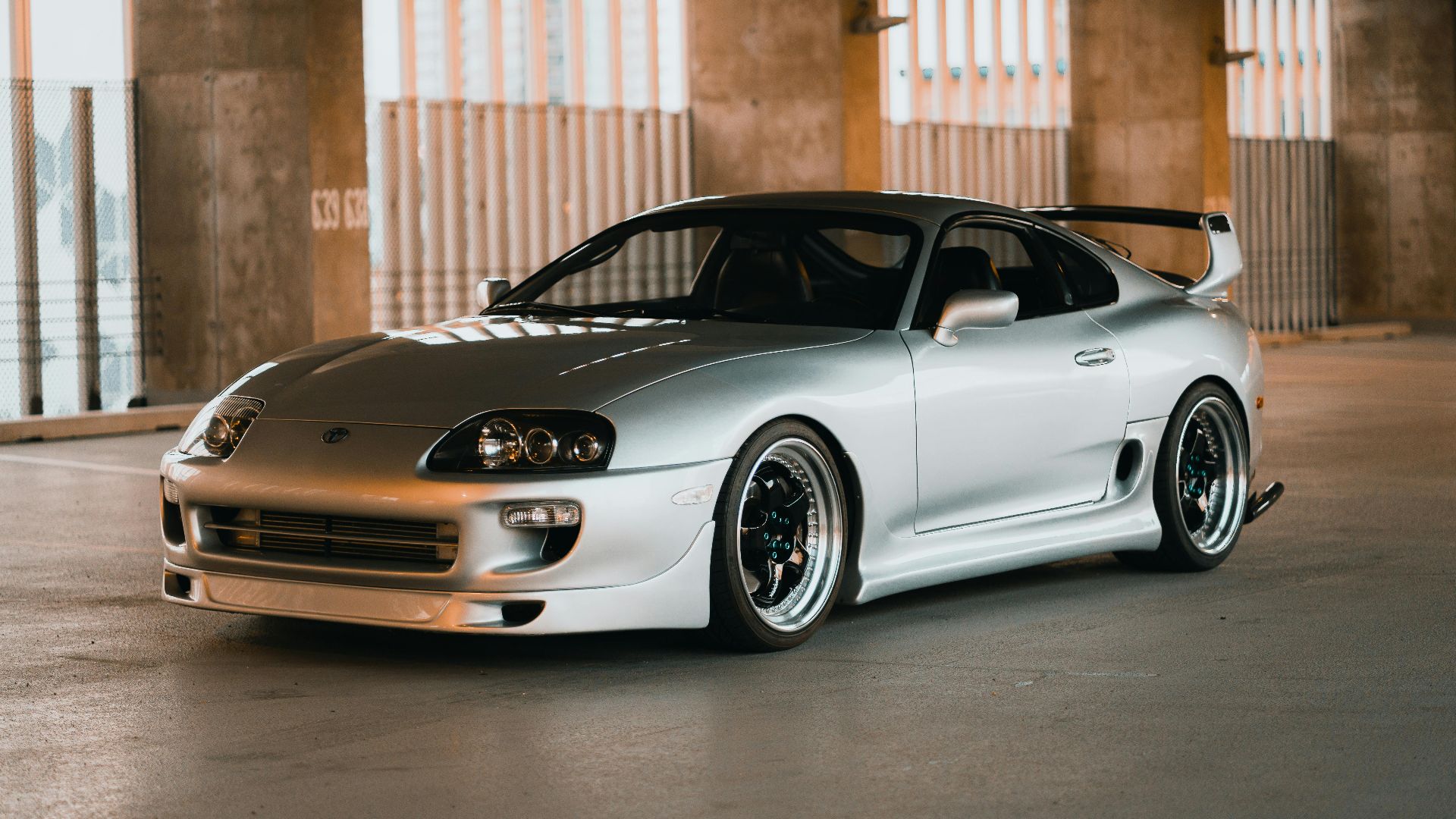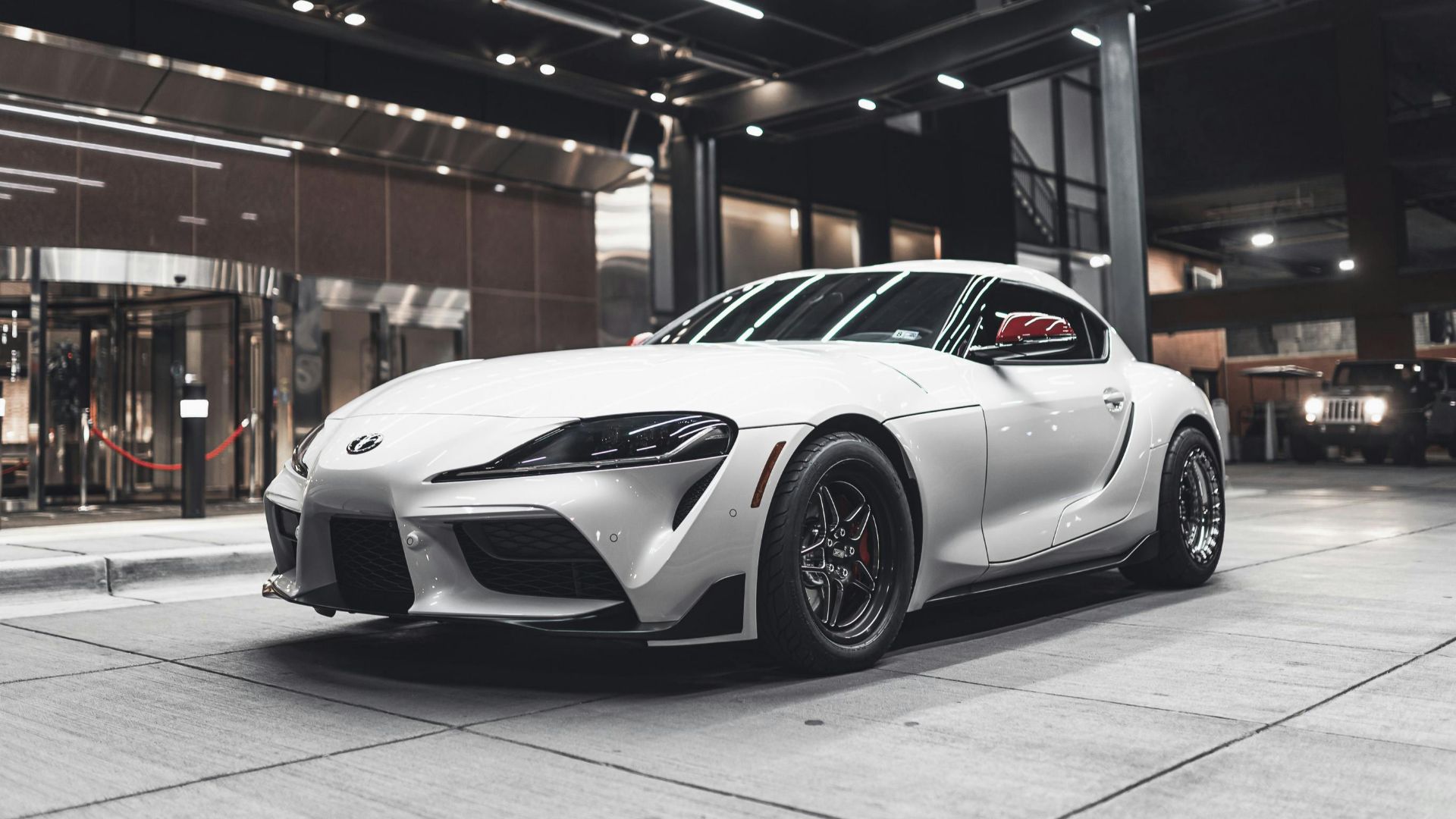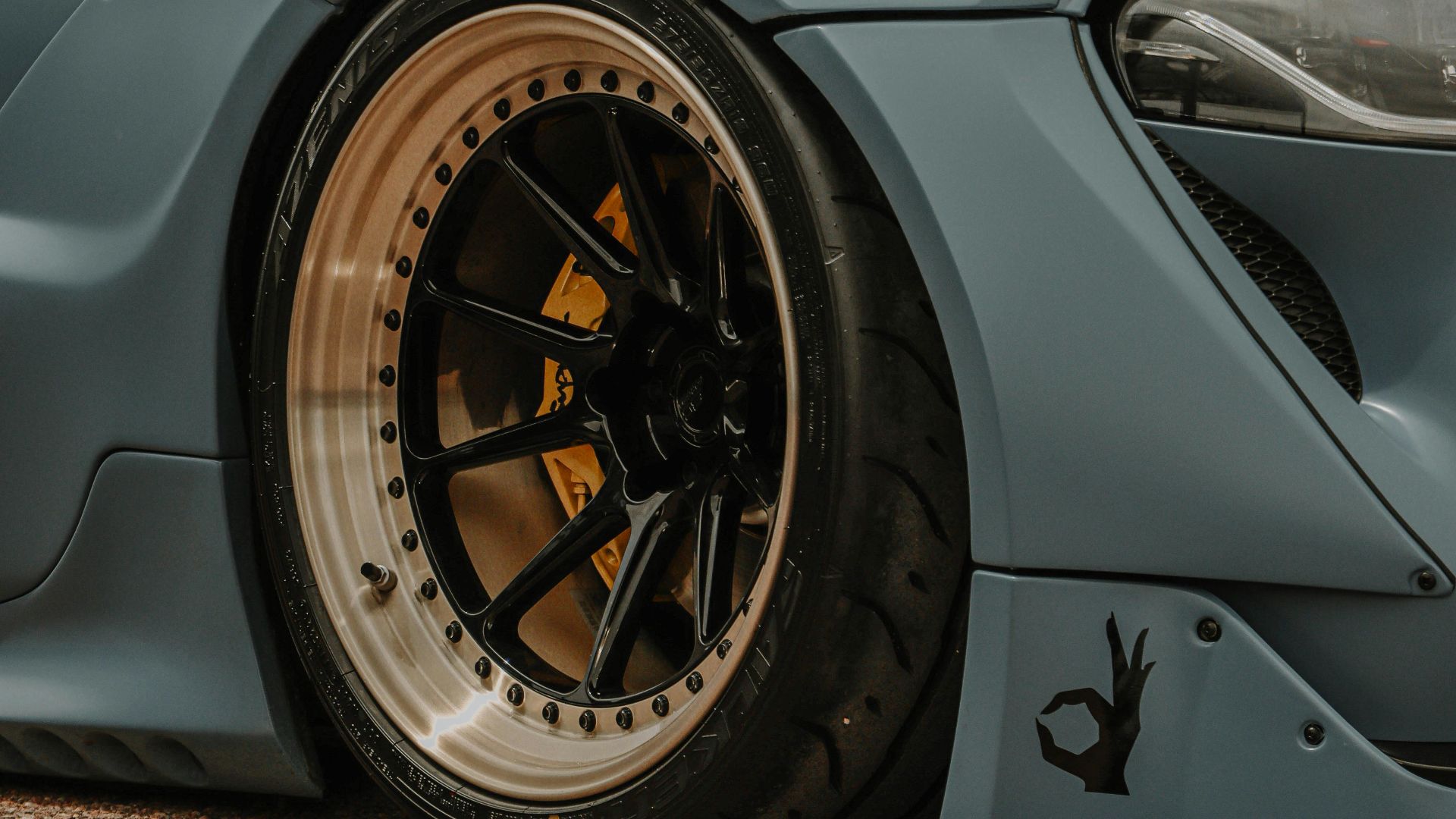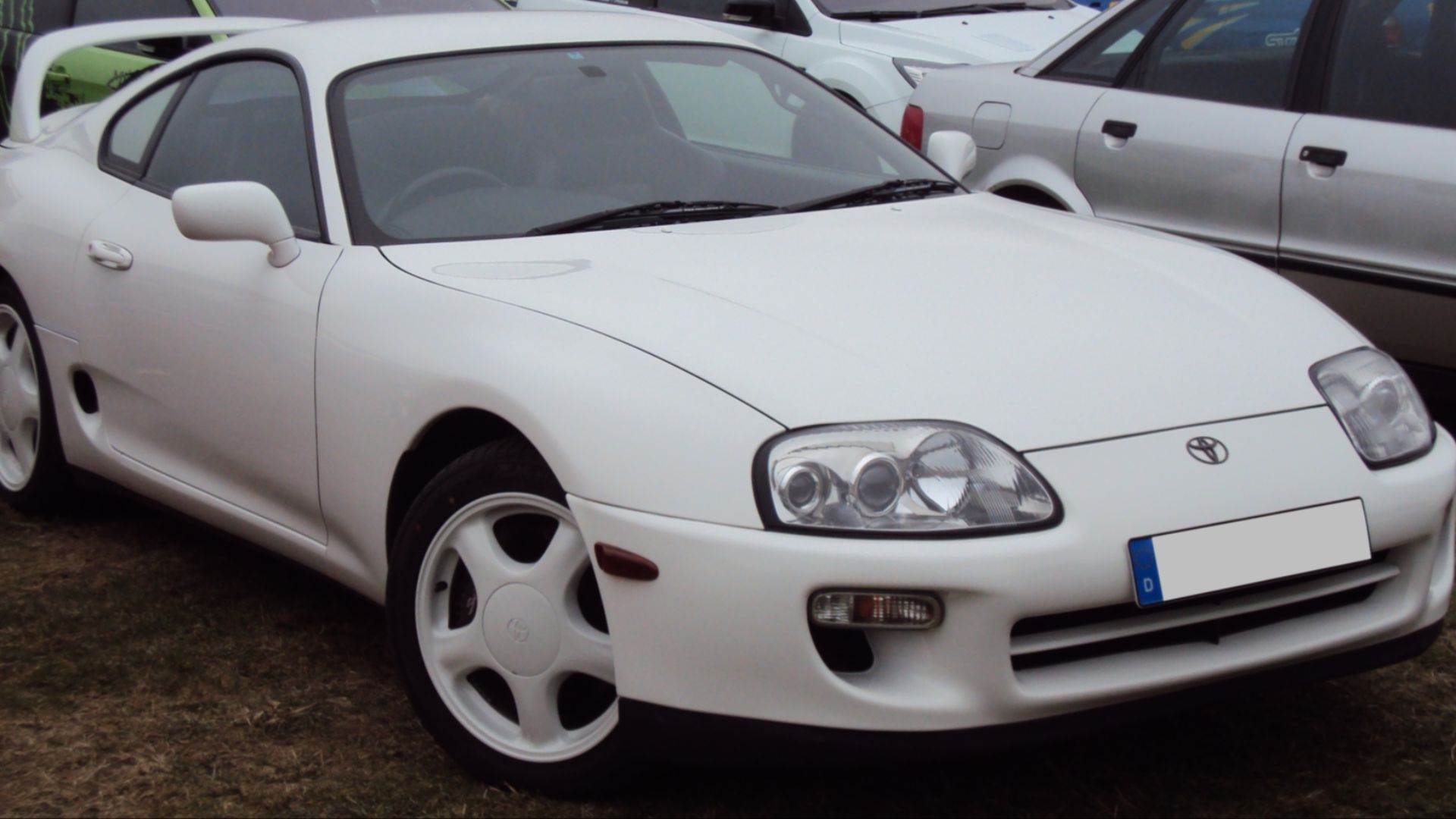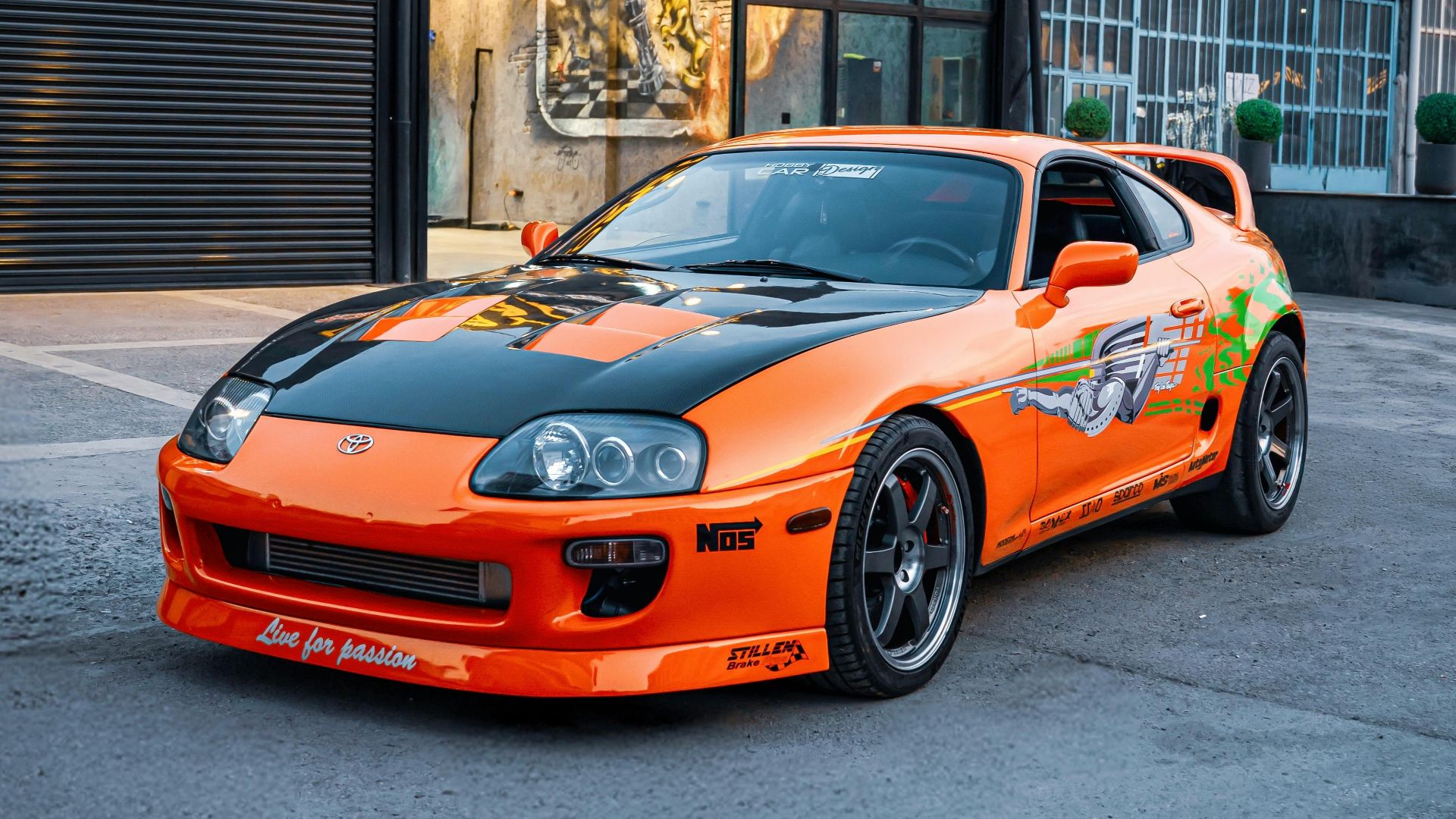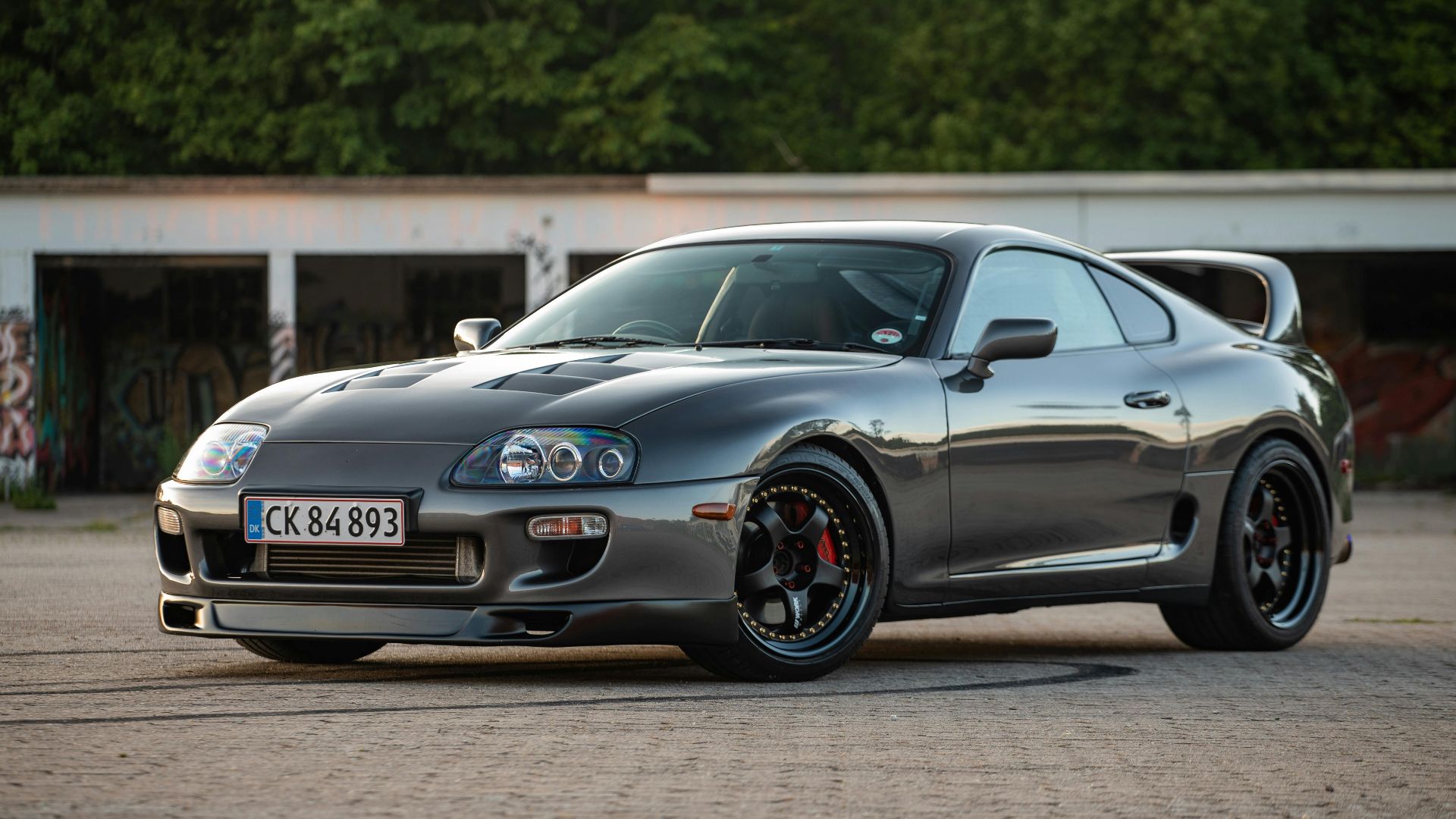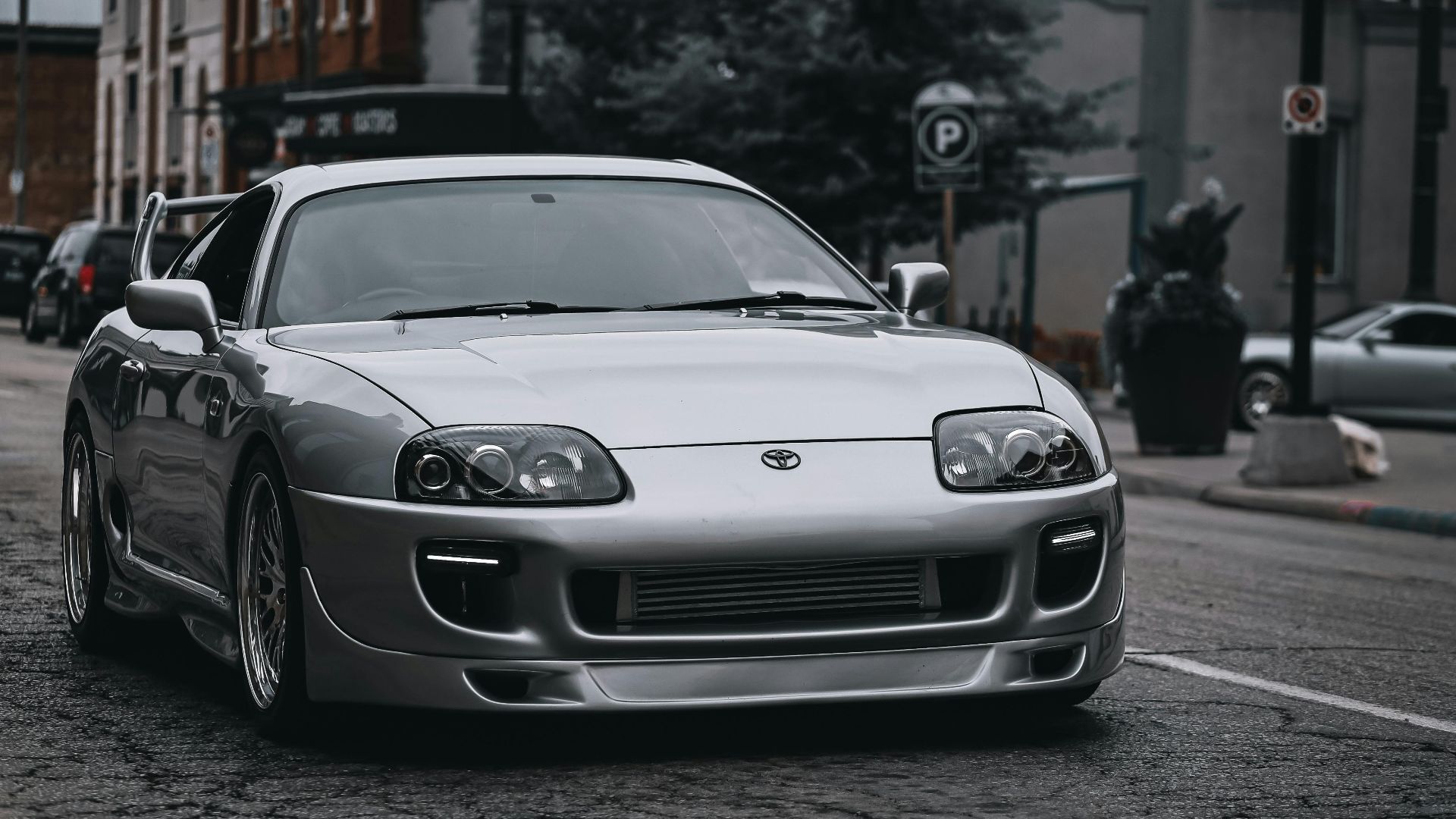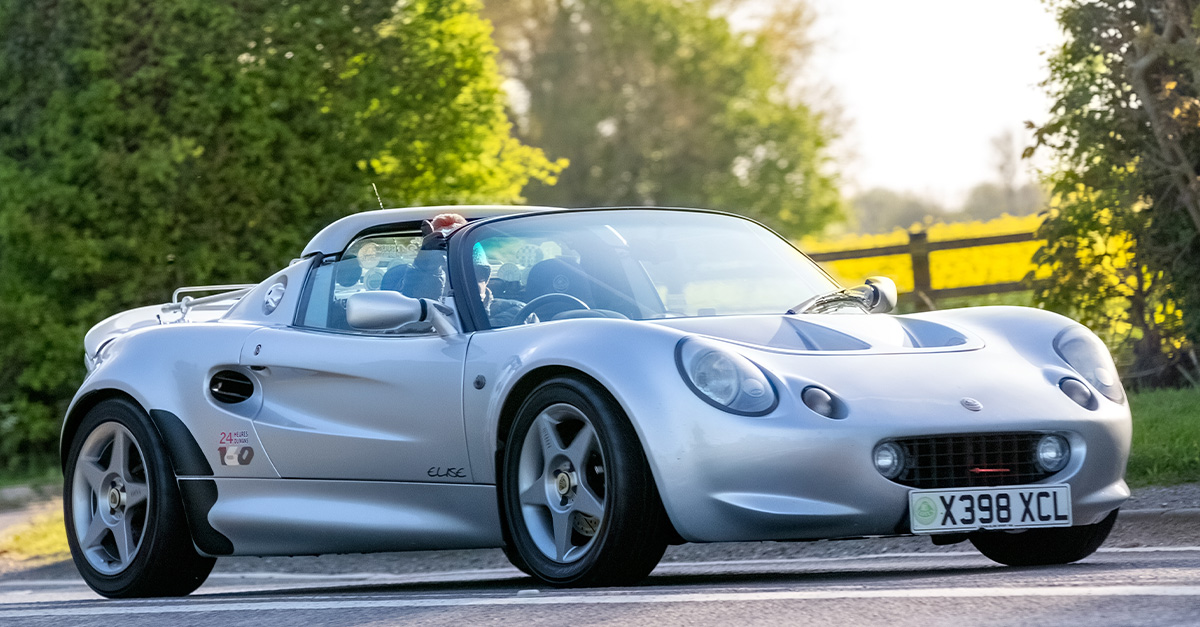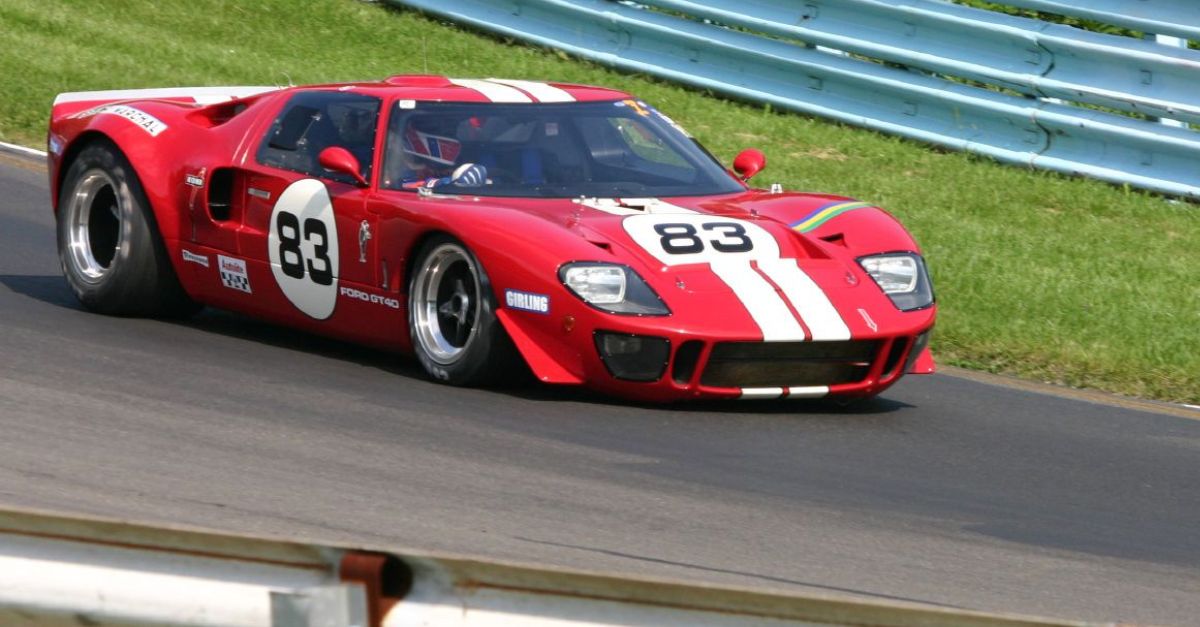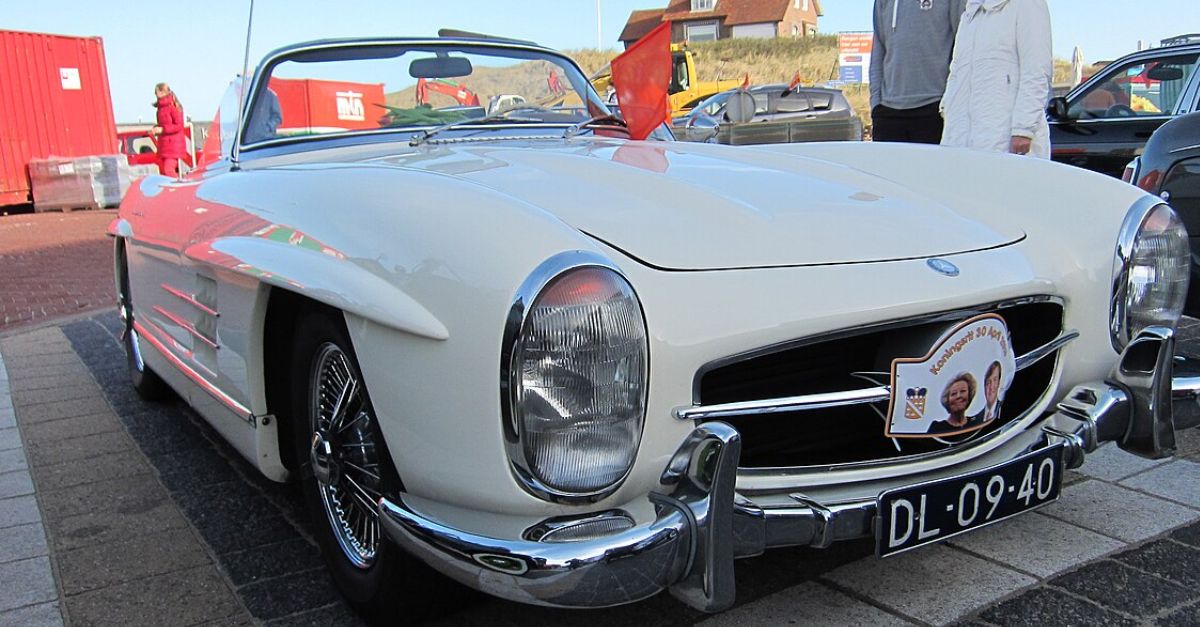Authentic Supra Blueprint
Time is running out for the Toyota Supra. Yet something incredible waits in the wings. A digital artist has created what might be the most important Supra design since the legendary MK4.

Legendary Origins
From humble Celica-based beginnings in 1978 to the iconic A80 MK4 of the 1990s, the Supra's journey has been legendary. The fourth-generation RZ model, produced from 1993 to 2002, gained particular reverence in Japan as Toyota's halo sports car.
 Ahmadfhatonii, Wikimedia Commons
Ahmadfhatonii, Wikimedia Commons
A80 MK4
The A80 MK4 Toyota Supra stands as an iconic sports car known for its blend of performance, engineering, and timeless design. Central to its appeal is the 3.0L inline-six engine, available in both naturally aspirated (2JZ-GE) and twin-turbocharged (2JZ-GTE) versions.
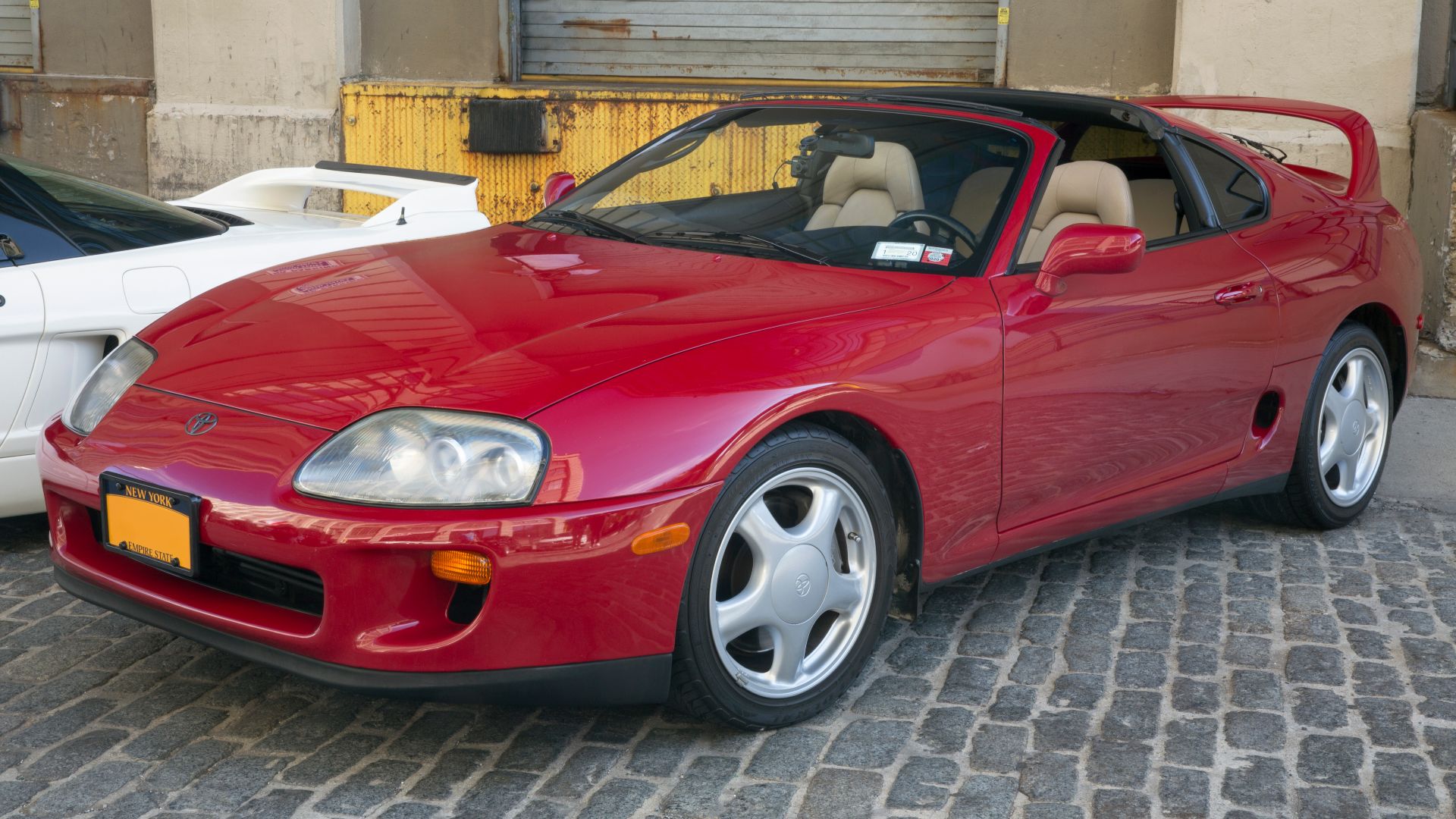 Mr.choppers, Wikimedia Commons
Mr.choppers, Wikimedia Commons
A80 MK4 (Cont.)
The turbocharged variant delivers around 326 horsepower (in export markets) and 325 lb-ft of torque, enabling a race from 0 to 60 mph in approximately 4.6 seconds. A rear-wheel-drive layout and a 6-speed manual transmission option complement its high-performance capabilities.
Cultural Impact
Fast and Furious catapulted the MK4 Supra into mainstream consciousness, but true enthusiasts had already embraced it years earlier. The car has transcended mere transportation to become a cultural phenomenon. Prices have skyrocketed, with pristine examples fetching over $200,000 at auction.
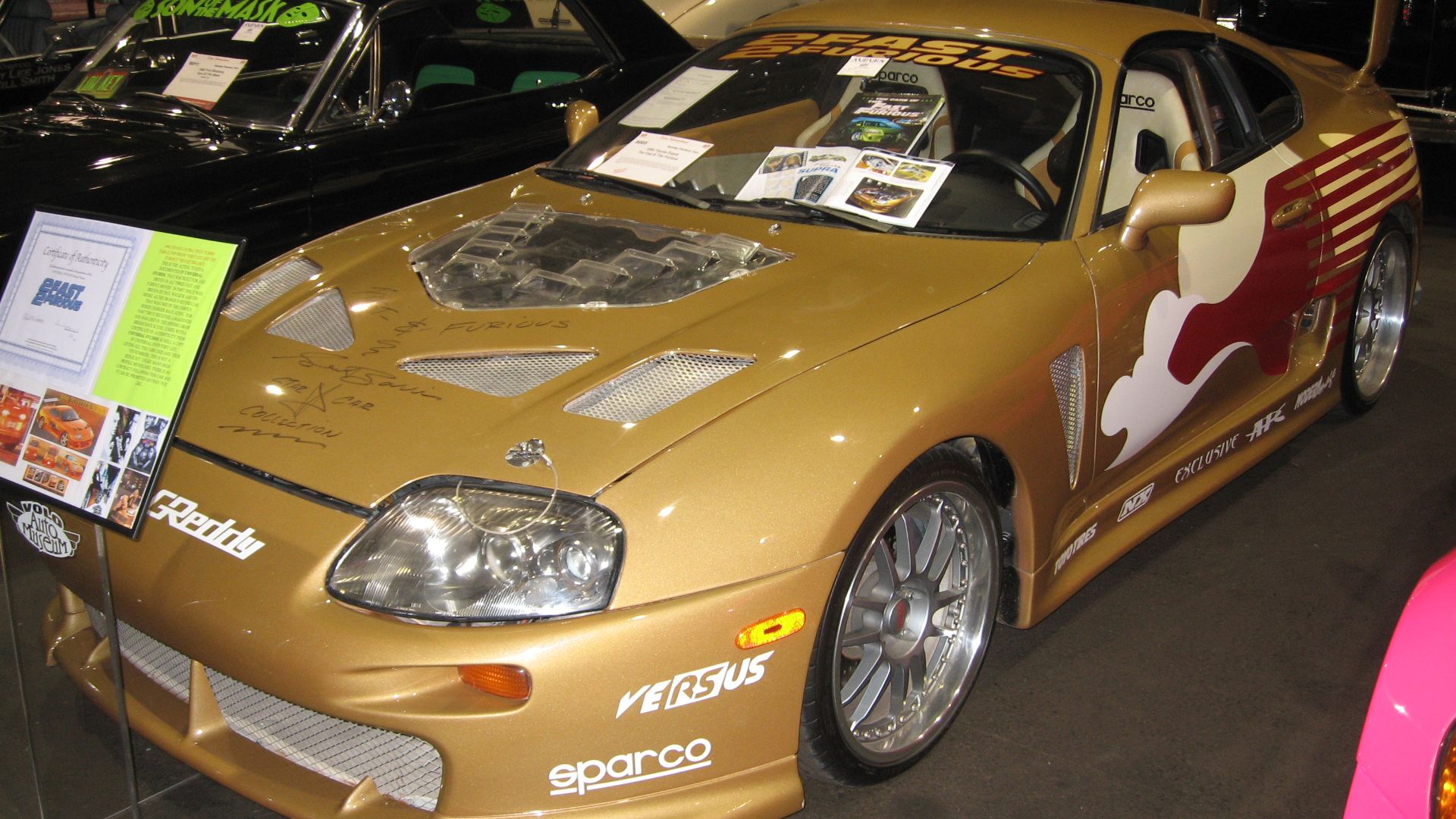 Simon Davison from Los Gatos, United Statesydhhhhhdbbxbbxfffjjjgxgzgg, Wikimedia Commons
Simon Davison from Los Gatos, United Statesydhhhhhdbbxbbxfffjjjgxgzgg, Wikimedia Commons
Design Evolution
The stunning renders crafted by HotCars digital artist Timothy Adry Emmanuel honor the original Supra's design language while introducing contemporary elements. What makes these designs so compelling is their respect for the MK4's silhouette. Rather than reinventing the wheel, Emmanuel studied the evolution across five generations.
Timothy's Vision
This man’s work walks the fine line between reverence and innovation. Emmanuel has created multiple variations of the restomod RZ concept, each exploring different aesthetic approaches while maintaining the core identity of the original. His Supra renderings have resonated with enthusiasts.
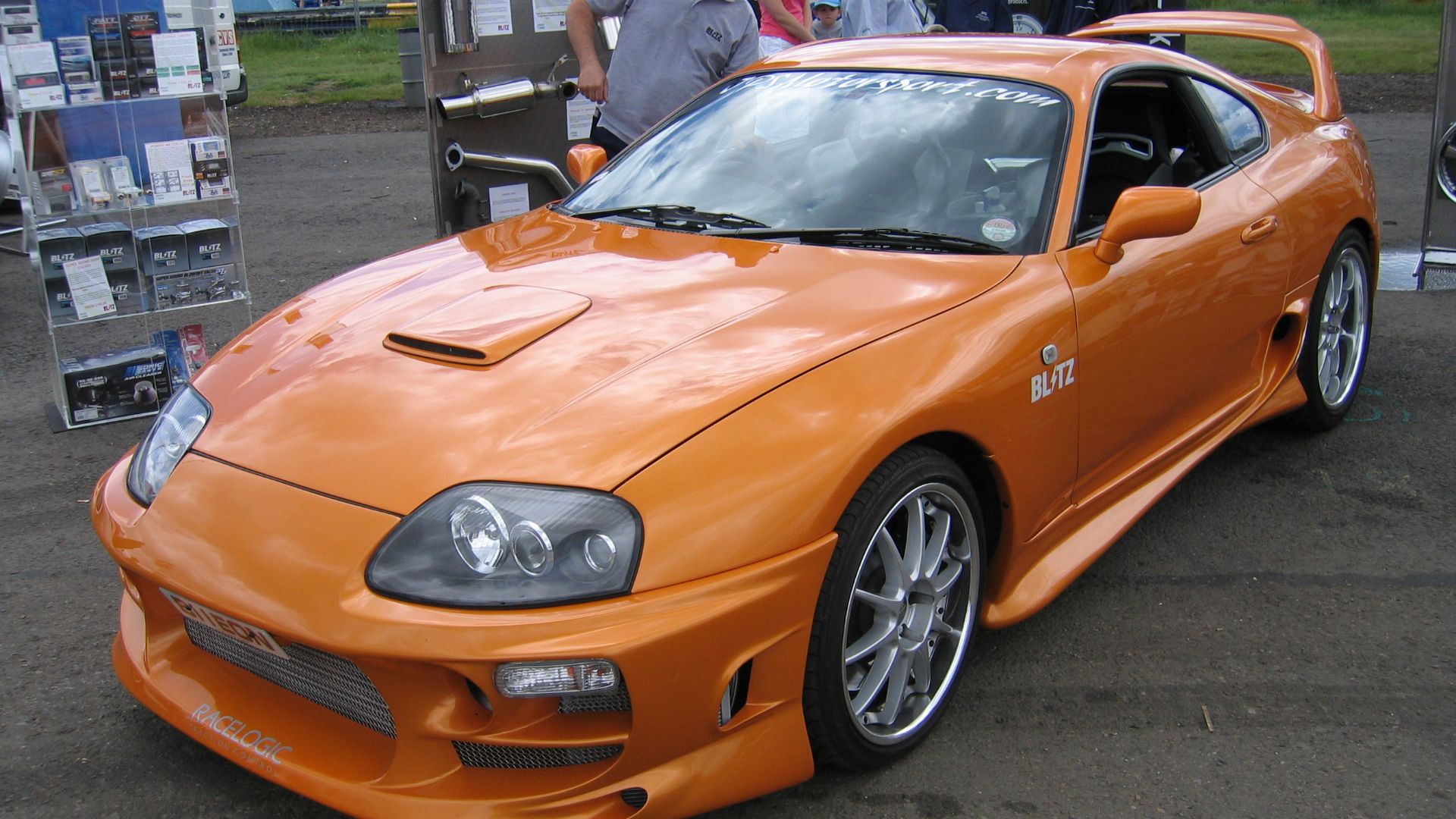 Robin Corps from Crowthorne, England, Wikimedia Commons
Robin Corps from Crowthorne, England, Wikimedia Commons
Proportional Mastery
The magic of this restomod RZ design lies in its proportions. Toyota's decision to discontinue the current Supra by March 2026 creates an opportunity to return to what made the nameplate famous. The restomod emphasizes the long-hood, short-deck proportions that defined the MK4, but with subtle elongation of the greenhouse.
Widebody Aesthetics
Wide-body styling dramatically enhances the RZ restomod's presence without overwhelming the original layout. The front fenders flow organically into the bloated rear arches, which house massive wheels, building a stance that's both aggressive and balanced. Emmanuel's design seamlessly incorporates these elements as if they were part of the original vision.
Front Modifications
At first glance, the front end maintains the iconic MK4 Supra identity. The recognizable headlights remain mostly intact, but look closer and you'll spot modern LED technology within the familiar housing. Emmanuel cleverly integrated subtle vents into the front wings that match the central intake.
Rear Transformation
The rear treatment represents the most intriguing departure from the original design. He reimagined the signature looping spoiler with an adjustable center section to aid performance—a functional upgrade that maintains the iconic silhouette. The back of this restomod has modernized LED taillights.
 Alexander Migl, Wikimedia Commons
Alexander Migl, Wikimedia Commons
Color Options
Bold color choices uplift the restomod concept beyond mere technical exercise. The renders showcase several dramatic finishes, including a striking blue with gold wheels that reference iconic Japanese racing liveries, and a sinister satin red that accentuates the body's sculpted lines.
Wheel Selection
The gold racing alloy wheels skinned with low-profile tires aren't just a stylistic choice; they're a statement about the car's intended purpose. Massive deep-dish wheels fill out those expanded arches perfectly, with a style that bridges old and new aesthetics.
Interior Modernization
What happens inside the cabin of this restomod concept is just as revolutionary as its exterior design. The original MK4 interior, while driver-focused, now feels dated with its 90s-era ergonomics and materials. Emmanuel's vision likely includes a thoroughly modernized cockpit featuring digital displays.
2JZ Potential
Well, the 2JZ-GTE inline-six engine remains the heart of this restomod concept, though significantly enhanced. With rebuilt internals and a single large turbocharger replacing the factory sequential setup, this powerplant could efficiently deliver 1,000 horsepower.
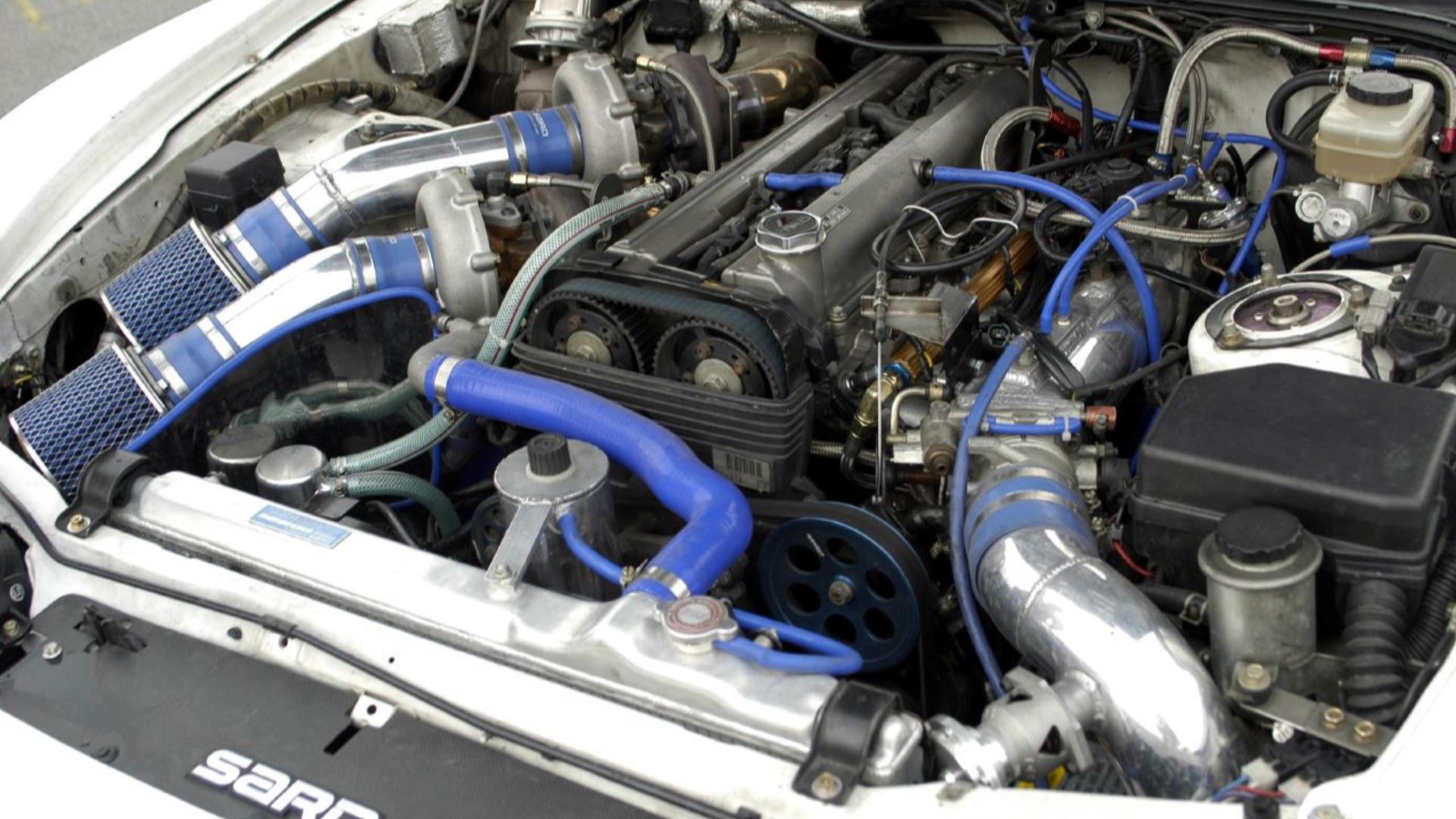 chen chin from taipei~tokyo, taiwan~japan, Wikimedia Commons
chen chin from taipei~tokyo, taiwan~japan, Wikimedia Commons
Hybrid Possibilities
Toyota has hinted that future performance vehicles will incorporate hybrid technology. A true Toyota-developed Supra successor could integrate a hybrid system similar to those found in modern supercars. Imagine the 2JZ's torque combined with instant electric acceleration and torque-vectoring capabilities.
Production Timeline
March 2026 marks the end of current Supra production. Industry insiders suggest Toyota aims to introduce a successor around 2027, significantly shorter than the 20-year gap between the A80 and current model. This restomod concept provides a blueprint for that transition.
Market Demand
The skyrocketing values of original MK4 Supras, with some fetching over $200,000 at auction, demonstrate substantial market demand for the authentic Supra experience. Pristine twin-turbo examples command around $92,000 on average, while even naturally-aspirated models average $41,000.
Brand Strategy
Toyota's decision to end current Supra production creates a strategic inflection point. The BMW partnership delivered a competent sports car, but one that never fully escaped its German DNA. A restomod-inspired successor would reaffirm Toyota's credibility as a performance car manufacturer at a critical time.
BMW Separation
The current MkV Supra's BMW underpinnings have been a contentious point among purists. Emmanuel's restomod concept represents a return to Toyota's independent engineering prowess. Reports suggest Toyota is developing a new in-house 2.0-liter turbocharged hybrid four-cylinder making around 400 horsepower.
Enthusiast Response
Fan reaction to Emmanuel's restomod concept has been overwhelmingly positive across social media and enthusiast forums. The Supra community, notorious for its strong opinions about what constitutes a "real Supra," has largely embraced these renders as capturing the essence of what Toyota should build.
Collector Appeal
Limited production sports cars with distinctive design and engineering often become future collectibles. Emmanuel's restomod concept, if translated to production, has all the hallmarks of a future classic. The combination of nostalgic design cues with contemporary performance capabilities crafts the perfect formula for long-term value appreciation.
Racing Domination
The MK4 dominated Japanese Grand Touring Car Championship (JGTC) events and became a formidable force in time attack, drag racing, and drifting competitions globally. Toyota displayed this racing DNA when it built a replica of the 1994 BLITZ Racing Team Supra GT500.
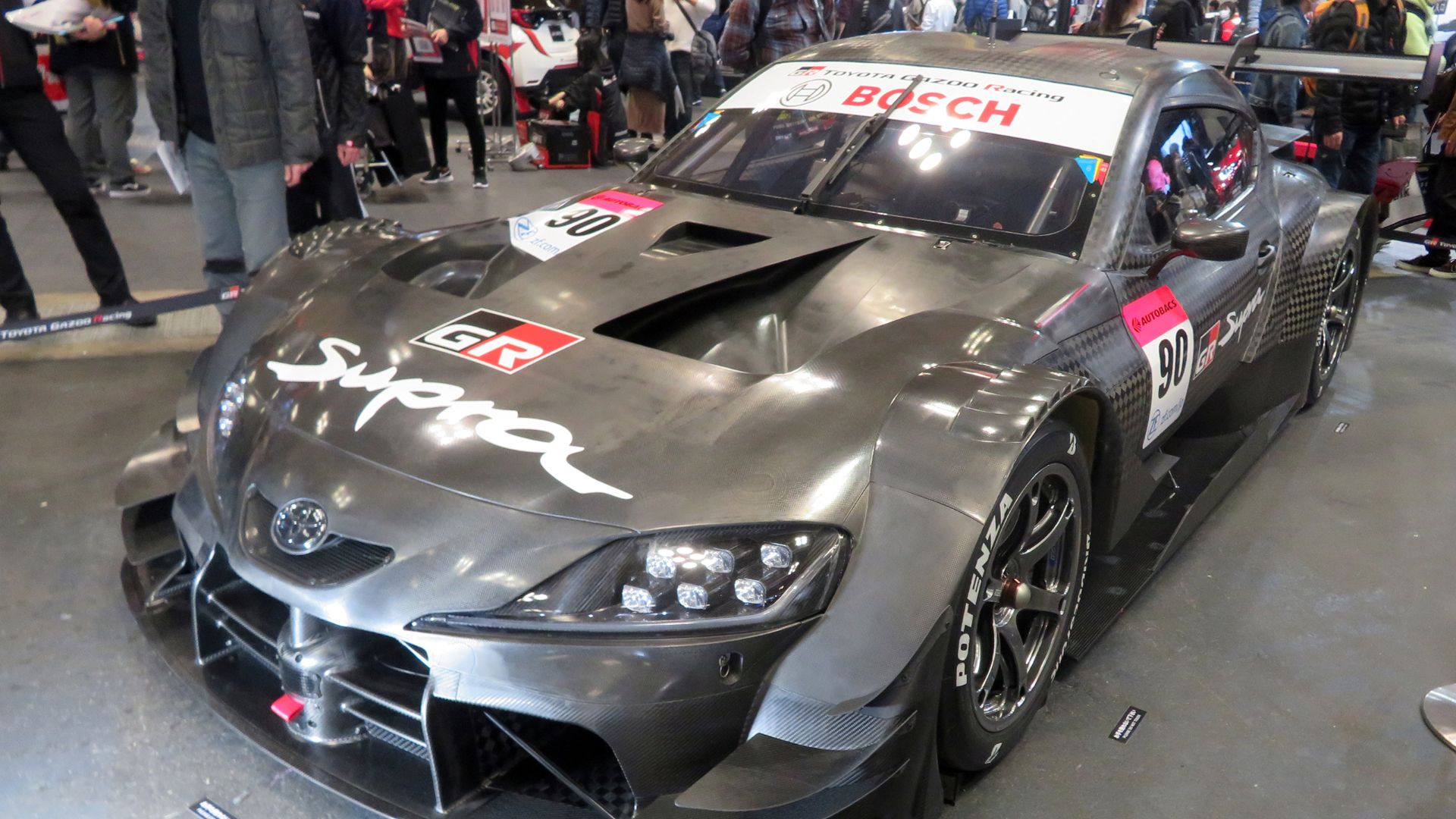 Tokumeigakarinoaoshima, Wikimedia Commons
Tokumeigakarinoaoshima, Wikimedia Commons
Competitive Scenario
The performance coupe market moves at "Nurburgring pace," leaving no room for extended production gaps. If Toyota hesitates with the Supra's successor, buyers may permanently defect to rivals like the Nissan Z, which has outsold the Supra in 2025 with 4,800 units versus just 2,009.
 Kazyakuruma, Wikimedia Commons
Kazyakuruma, Wikimedia Commons
Cost Considerations
The economics of low-volume sports car production present significant challenges. The current Supra's BMW partnership was primarily a cost-sharing strategy that made production viable. Emmanuel's restomod approach offers a potentially more cost-effective alternative by leveraging Toyota's existing technological assets rather than developing everything from scratch.
 Alexandre Prevot from Nancy, France, Wikimedia Commons
Alexandre Prevot from Nancy, France, Wikimedia Commons




